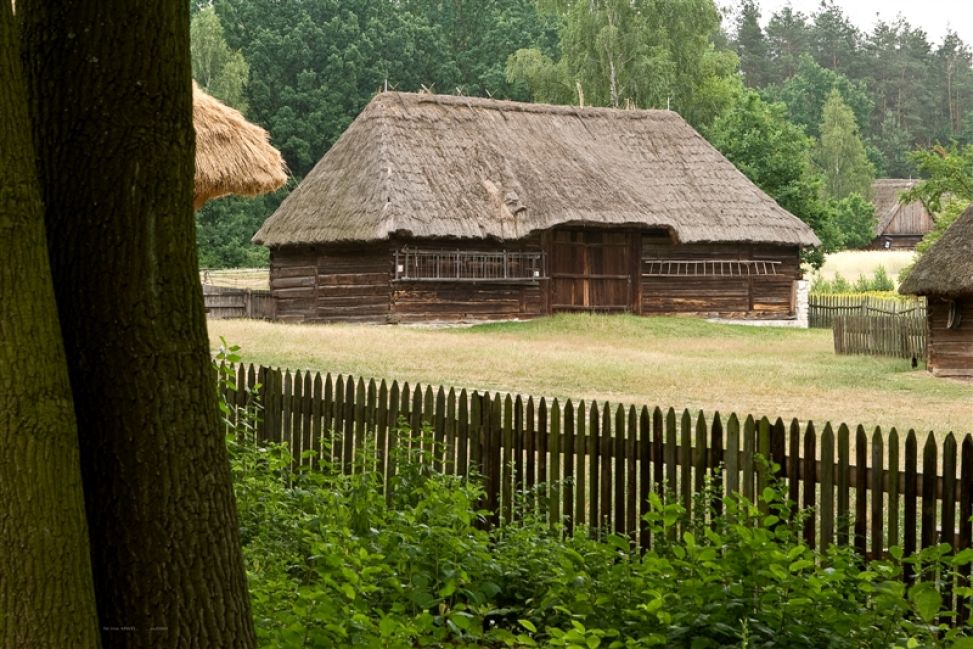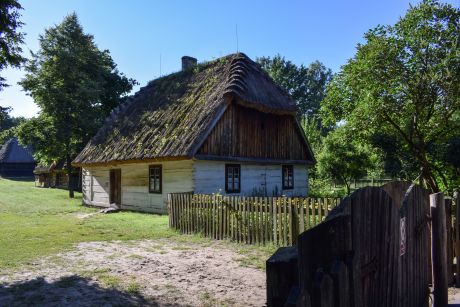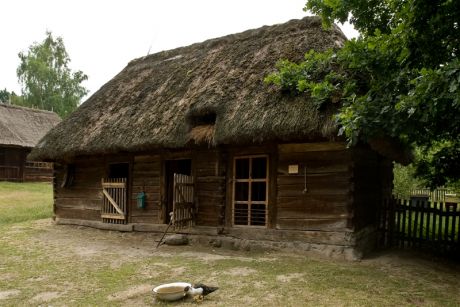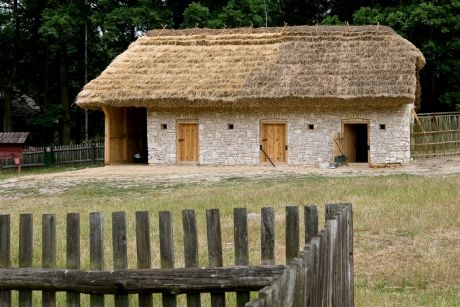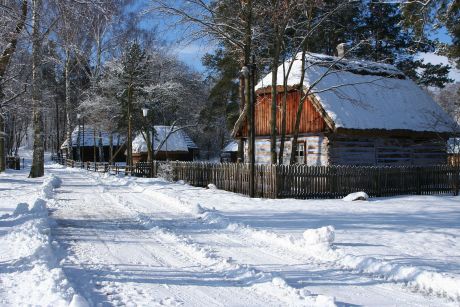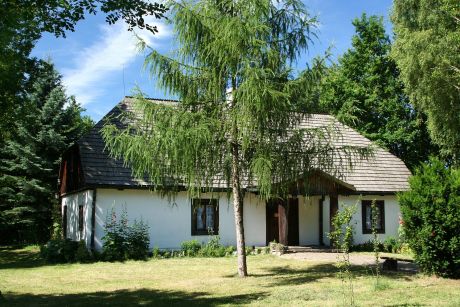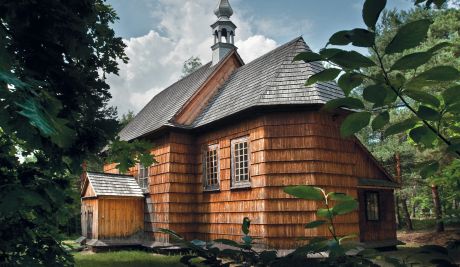This homestead is typical of the Iłża Foreland, where buildings or parts of them were made of limestone (easily available in this area). This area is located south of Radom and falls within the territory of the Lesser Poland ethnic group. Some of the upland areas of the Iłżec Foreland are covered with dense forests of the Iłżec Forest. The outskirts of these forests, especially in the vicinity of Iłża, are very attractive in terms of landscape - small hills are crossed by gullies, ravines, and valleys of the Iłżanka and Modrzejowica rivers.
The Alojzów Homestead exemplifies the habitation of a wealthy farmer running an agricultural and breeding farm. Its equipment is intended to reflect the changes that took place in the villages around Radom in the 1960s. The most significant changes included the electrification of villages and the introduction of contracted crops such as flax and tobacco.
The centrepiece of the homestead is a home garden and an orchard with a small apiary. In the orchard there are apple trees (Oberländer, Transparente de Croncels, White Transparent), pear trees (‘Clapp’s Favourite'), plum trees (common plum), cherries (Morello Cherry), raspberries and jasmine. The orchard is a natural base for breeding bees, which were used by the owners of the Alojzów cottage.
The Kłonówek homestead consists of:
-
Cottage from Alojzów, 1901
-
Tobacco drying room - reconstruction, Zalesie , 1954
-
Granary from Rzeczniów, 1900
-
Barn from Skaryszew, 1850
-
Barn from Iłża, latter half of 19th century
-
Barn from Starosiedlice, 1907



